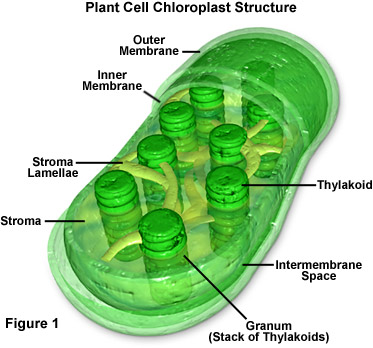Friday, October 26, 2012
Cells-R-Us
In the giant cell that our class made there were many organelles and mine was the chloroplast. The chloroplast is only in plant cells and are the organelles that carry out photosynthesis. The real size of my cell is 2x5 um and when magnified it is 8 by 20 cm. Our giant class cell was a plant cell because it had both chloroplasts and a central vacuole, both of which are only in plant cells. The largest organelle was the central vacuole and the smallest was the ribosomes. I think that based on the size of the organelles in the giant cell that when looking under a microscope the nucleus, central vacuole, and chloroplasts would be most visible. For the most part the shape and size of the organelles did not surprise me except the ribosome which were a lot smaller and complex than I had thought. Over all I liked seeing and being in the giant cell.
Monday, October 22, 2012
Enzymes!!!!
In our experiment we tested whether tempature affected how enzymes work. Our hypothesis was that it would affect the enzymes. To do this we heated one potato in boiling water for two minutes one in ice water for two minutes, and one we did nothing to. We then put then in test tube and poured 7 cm of hydrogen peroxide on them and waited for two minutes. After the two minutes we measured the foam. On the one that was in nothing the foam measured 3 cm the one that was in ice water the foam was 1/2 cm, and the one that was in the boiling water did not foam at all. This showed that our hypothesis was correct. In the future we could be more exact in all of our measurements. This can be applied to real world situations in the way that your body changes tempature when you are sick and that can affect how the enzymes in your body work.
Friday, October 5, 2012
Plot Reflection
On Wednesday our group went into the great outdoors and
picked a plot. It is located along the Outer Perimeter and we are the farthest
out of all of the groups in our class. The plot is a circle with an 11ft radius
and is on a slope covered with fallen leaves. It is composed of a few adult
trees, lots of saplings, and a small patch of ferns, mosses which we collected
data on. The trees in our plot are mostly sourwood trees and white pines, but
there is a red maple and a few we have not yet identified. We took the soil ph
and temperature as well as collected a sample and plan to look into what this
tells about the soil. We also found one
or two mushrooms that we are identifying as well as many small insects.
We will be carefully observing this plot each month through
the year and reporting any changes. We expect to see changes in the leaves of
the trees as well as seeing if the younger trees survive the winter. Also, we
will be checking for change in soil ph & temperature and differences in the
animals and fungus we collect. We are excited to be observing this piece of
nature throughout the year.
Subscribe to:
Posts (Atom)
